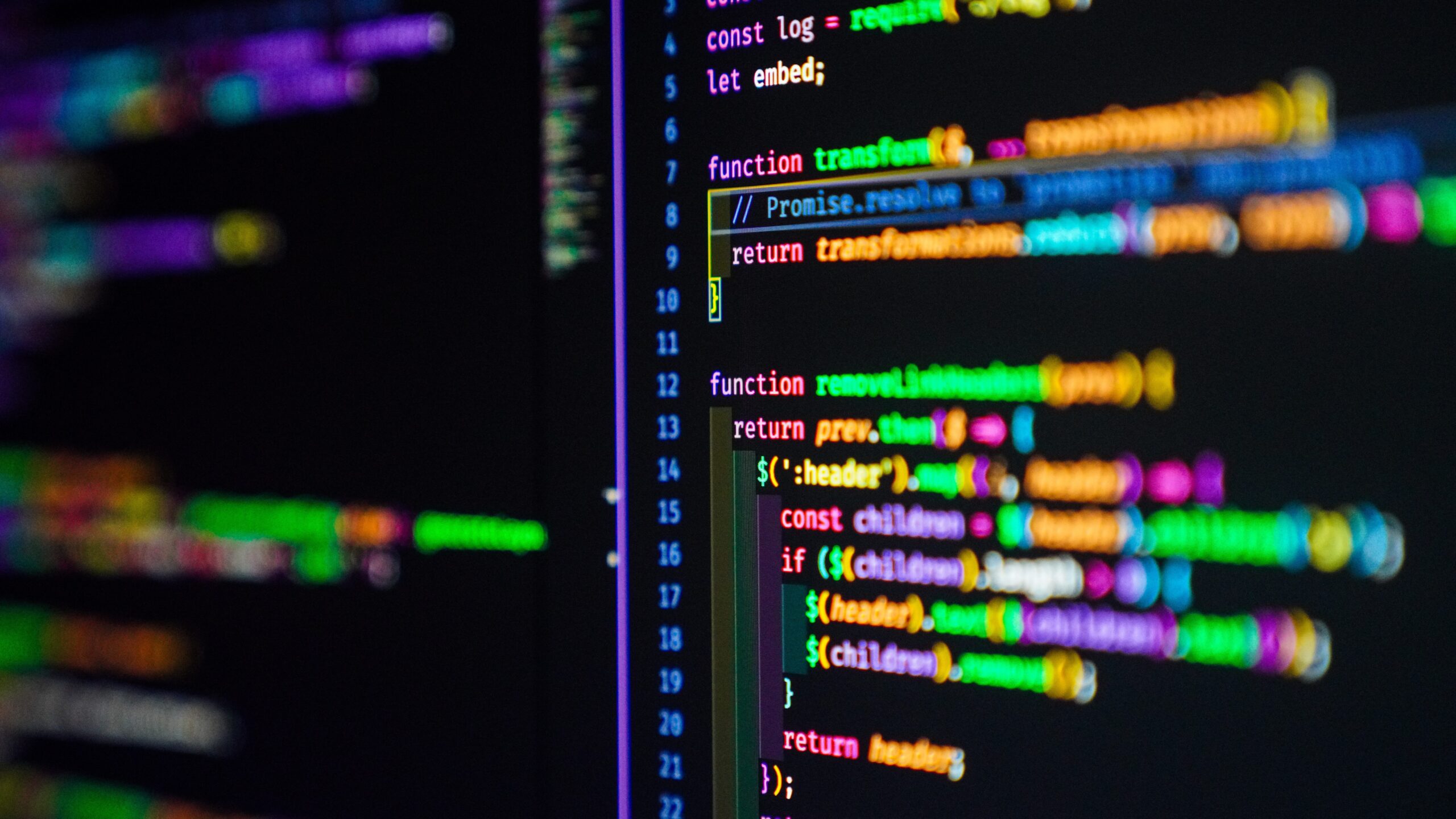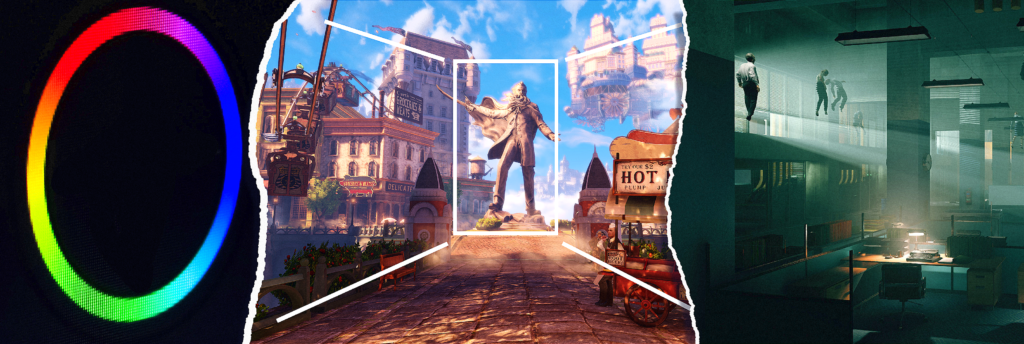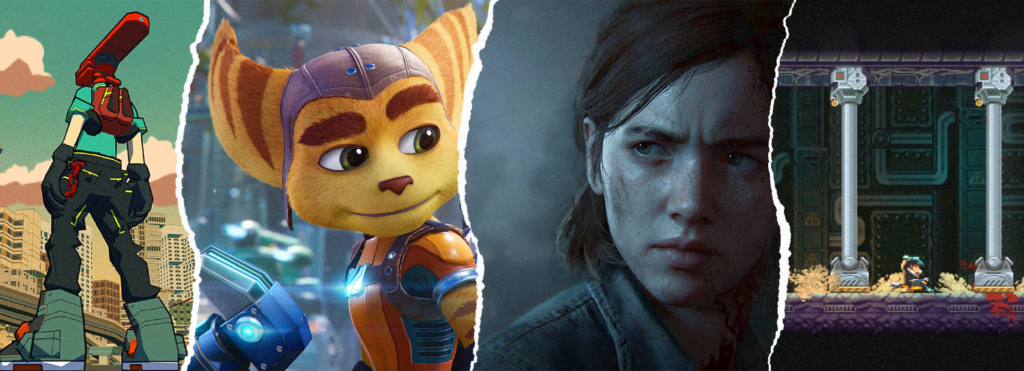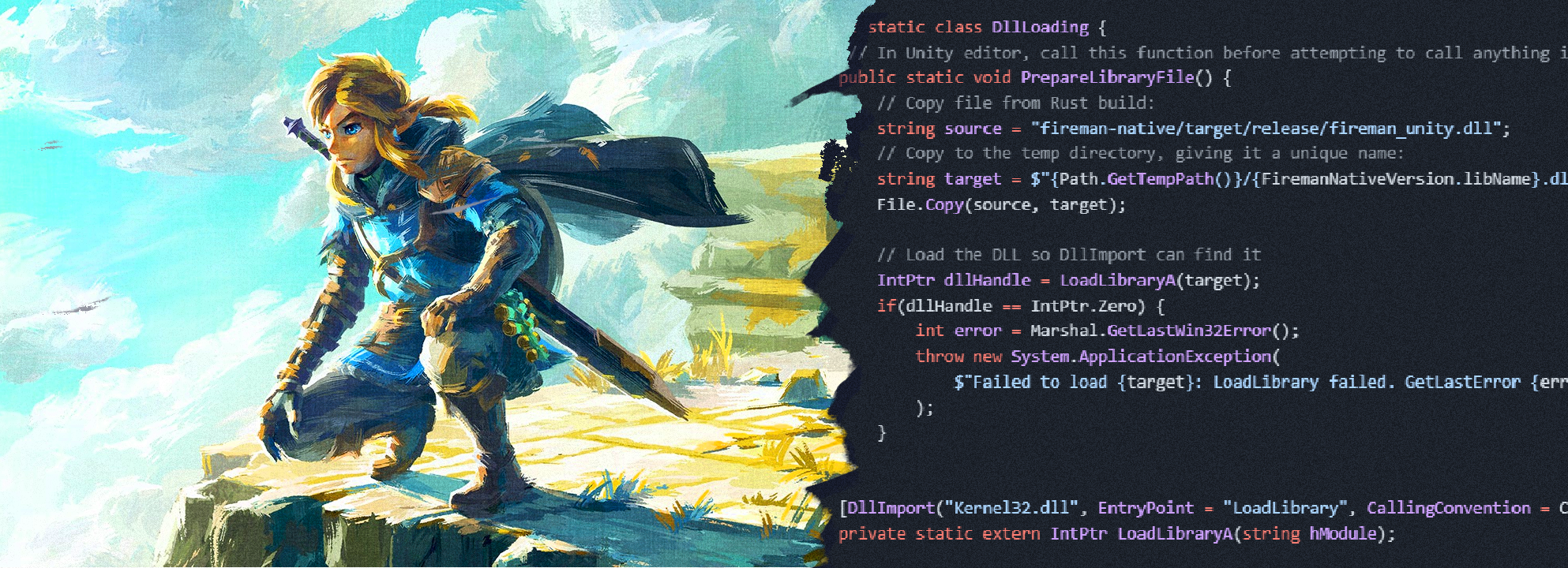Introduction:
In the world of gaming, the synergy between game developers and artists is the essence of creating unforgettable experiences. This essay explores the intricacies of game development and artistry, delving into their collaborative process, challenges, and the magical results they produce. This is where we unravel the harmonious symphony between game developers and artists and explore their perspectives in creating captivating games.
I. Understanding Game Development: A Technical Marvel
The Game Developer’s Role:
- Introducing the game developer’s role in the creation of games.
- Technical expertise and programming skills as the backbone of game development.

- Embracing challenges and problem-solving to create immersive gameplay mechanics.
Building Blocks of Game Development:
- Conceptualizing and designing the game architecture.
- Implementing game engines, physics, and artificial intelligence.
- Balancing gameplay elements, optimizing performance, and ensuring smooth user experiences.
Collaborative Efforts:
- Importance of effective communication between developers, artists, and other team members.
- Iterative development process and the significance of feedback loops.
- Coordinating tasks and maintaining project timelines for seamless integration.
II. The Artistic Journey: Painting the Game’s Soul
The Artist’s Role:
- Unleashing creativity to bring game worlds to life.
- Crafting visually stunning environments, characters, and animations.
- Evoking emotions through carefully designed aesthetics and atmosphere.
. The Language of Art:
- Understanding the principles of Color theory, Composition, and Visual Storytelling.

- Employing various art styles, from realistic to stylized, to create unique game identities.

- Harnessing the power of lighting, textures, and effects to enhance immersion.
. Collaboration with Game Developers:
- Artistic interpretations of game mechanics and how they influence visual design.
- Effective asset management and optimization for performance and memory constraints.
- Embracing iterative feedback loops to refine artistic elements and align with the game’s vision.
III. The Dance of Collaboration: Achieving Game Development Nirvana
- Cross-Disciplinary Collaboration:
- Bridging the gap between developers and artists to foster creativity and technical feasibility.
- Exploring innovative techniques to blend gameplay and artistry seamlessly.
- Emphasizing the importance of mutual respect and appreciation for each other’s expertise.
- Iterative Feedback and Iterative Design:
- The symbiotic relationship between feedback and design iteration.
- Continuous improvement through testing, user feedback, and playtesting.
- Balancing artistic vision and technical constraints to create harmonious gameplay experiences.
Crafting Unforgettable Experiences:
- The impact of engaging narratives and immersive visuals on player experiences.
- Leveraging art and design choices to evoke emotions and foster player connection.
- Celebrating the union of art and game development as the heart of exceptional games.
Conclusion:
The enchanting world of game development thrives on the symbiotic collaboration between game developers and artists. Together, they weave intricate gameplay mechanics and visually stunning artistry, shaping unforgettable gaming experiences. Through a deep understanding of technical challenges and artistic visions, these creative minds work harmoniously to bring virtual worlds to life. By embracing collaboration, iteration, and innovation, game developers and artists continue to push boundaries, inspiring awe and delight in players worldwide.

